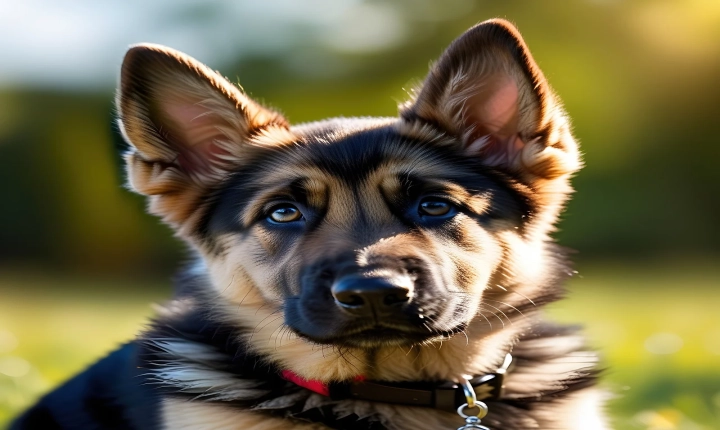Title: How to Make an AI Cover of a Song: A Step-by-Step Guide
Introduction
With the advancement of technology, artificial intelligence (AI) has made its way into the music industry, allowing musicians and producers to create unique covers of existing songs. AI can analyze and replicate existing music, enabling artists to experiment with different styles and genres. In this article, we will explore the process of making an AI cover of a song, from selecting the right software to adapting the AI-generated music to create a compelling rendition.
Step 1: Choose the Right AI Music Generation Software
There are several AI music generation software options available, each with its own set of features and capabilities. Some popular choices include Amper Music, AIVA, and JukeDeck. When selecting an AI music generation software, consider factors such as ease of use, available genres and styles, and the ability to customize the output.
Step 2: Input the Original Song and Analyze Its Elements
Once you have chosen the AI music generation software, input the original song into the program. The AI software will analyze the song’s elements, including melody, harmony, rhythm, and structure. This analysis forms the foundation for the AI to generate a cover of the song.
Step 3: Customize the AI-Generated Music
After the software has analyzed the original song, you can begin customizing the AI-generated music. Many AI music generation tools offer options for modifying the tempo, key, instrumentation, and even adding new melodies or harmonies. This step allows you to tailor the AI-generated cover to your desired style and creative vision.
Step 4: Add Human Touch and Expression
While the AI software can generate music based on the original song, it’s essential to add a human touch to the cover. This might include incorporating live instruments, adding vocal tracks, or modifying the AI-generated elements to infuse emotion and expression into the music. Combining AI-generated elements with human creativity can elevate the cover to a new level of artistry.
Step 5: Refine and Rehearse
Once the AI-generated cover has been customized and combined with human elements, it’s time to refine and rehearse the performance. Work on the nuances, dynamics, and phrasing to bring the cover to life. This step is crucial for ensuring that the final rendition is polished and captivating.
Step 6: Record and Produce the Cover
With the AI-generated cover fine-tuned and rehearsed, it’s time to record and produce the final rendition. Utilize professional recording equipment and software to capture the performance and apply post-production techniques as needed. Pay attention to mixing, mastering, and overall sonic quality to create a compelling cover of the original song.
Conclusion
The process of making an AI cover of a song combines the power of artificial intelligence with human creativity and expression. By choosing the right AI music generation software, customizing the AI-generated music, adding a human touch, and refining the performance, artists can create unique and captivating renditions of existing songs. As AI technology continues to evolve, its integration into music creation opens up endless possibilities for innovation and artistic exploration.
